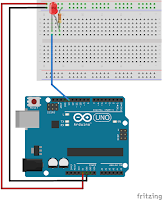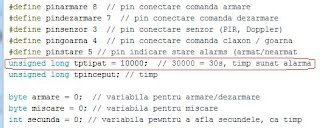I receive a cheap power supply made in China named PS-1502DD. This power supply can deliver 5 fixed stepts: 1.5V, 3.6V, 4.8V, 6.0V, 7.2V or one adjusting output from 0 to 15V at 2A (theoretically).
After quick test with Photoframe at 4.8V and 0,63A I realise final transistor (2N3055) is put directly on steel case and is not ok.
I remove original 2N3055 and I put 2SC5200 on aluminium radiator
Now, I can power photoframe for long time 😁...
Ok, I search on net informations about this power supply and I find usefull adresses:
- https://abrazifff.livejournal.com/1979.html- https://ru-radio-electr.livejournal.com/1221211.html
- http://forum.cxem.net/index.php?/topic/159401-бп-кит-ps-1502dd-как-доработать-регулятор-тока/
- https://www.elforum.info/topic/84699-modificare-sursa-laborator-performer-1502dd/page/2/
The schematic for this power supply is based on "old" LM723 and classical current limiter with transistor, see
In article http://anyram.net/blog_ru/?p=155 you can see a god version to decrease power dissipation: use a small microcontroller to "follow" output voltage on a switching power suply instead classical transformer and bridge rectifier...






















































